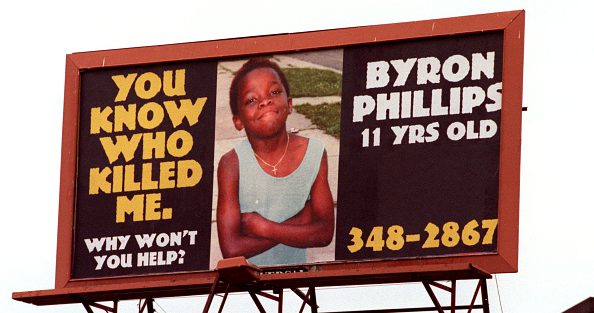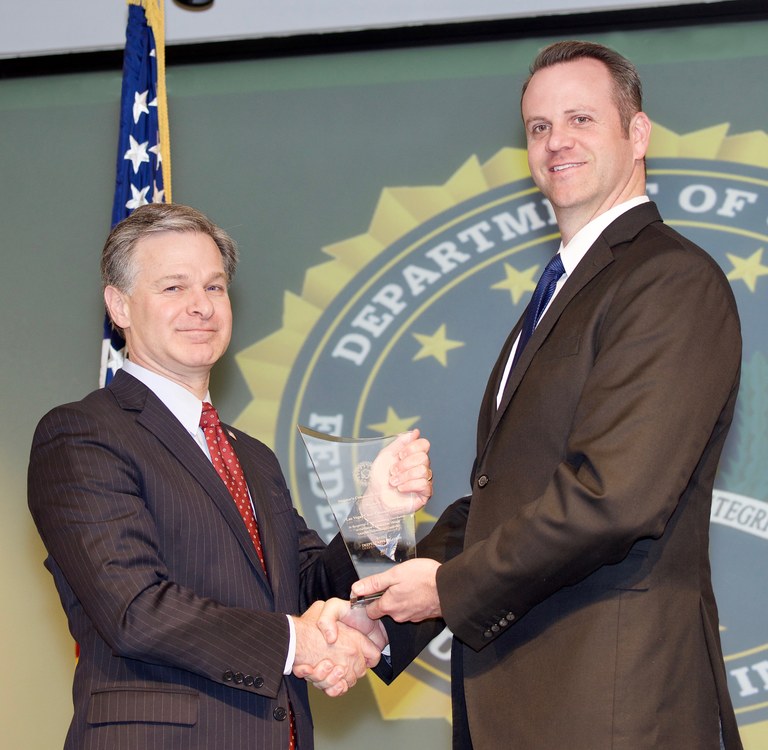
In the fog of the (long) 10-way presidential debate in Houston, out of home media (OOH) got a shout-out as an effective problem solver for crime fighters.
“There was a kid named Byron Phillips that was shot on his front porch,” recalled Senator Amy Klobuchar, D-MN, a former prosecutor. “No one had bothered to figure out who did it. When I came into that office, we worked with the community groups; we put up billboards; we found the shooter and we put him in jail.”
Politically, this anecdote fits Klobuchar’s narrative as a grounded Midwestern problem-solver. The September 12 Democratic debate was broadcast on ABC.
Court records verify heart-tugging details of the criminal case cited by Klobuchar.
“At around 6:15 p.m. on June 2, 1996, 11-year-old Byron Phillips was playing with his cousin and a friend on the front porch of the friend’s North Minneapolis home,” the Minnesota Supreme Court said in a case called State v. Blanche.
“While Phillips was playing, a bullet fired from a passing car hit him in the chest. Phillips died at the scene as a result of the shooting.”
Police found 10 shell casings on the street. But the case stalled, as Klobuchar mentioned.
“More than a year after the shooting, in July 1997, a woman named Vanessa Gaines came forward with information about Phillips’ shooting,” said court records. “Gaines had seen a billboard near her house with a picture of Phillips and a message which read: “You know who killed me. Why won’t you help.”
Experts point to multiple motivations for citizen assistance to law enforcement. One factor, they say, can be repeat exposure to information about the crime.
Putting Fugitives on Billboards

Elsewhere in the Midwest, another murder case advanced the now-established law enforcement tactic of putting fugitives on “wanted” billboards.
In 2002 in Leawood, KS, Roger Kemp found the body of his college-age daughter Ali, who had been murdered in the pump room at a neighborhood pool. In 2004, a tip generated by the “wanted” billboard featuring a suspect’s sketch helped lead to an arrest and later a conviction.
The FBI began posting fugitives’ photos on digital billboards in Philadelphia in 2007. Success there catapulted the idea across the country.
Law enforcement and emergency authorities now view digital billboards as a communications platform that complements other media outreach. Last year, the FBI presented a director’s award to Clear Channel Outdoor-Las Vegas for helping law enforcement obtain information from the public after the mass shooting at a concert in 2017 and also for fighting human trafficking.
As Hurricane Dorian approached, emergency managers in Florida, Georgia, and the Carolinas communicated with the public via digital billboards.
Emergency authorities @FEMA @scemd activated digital billboards in eight South Carolina counties. pic.twitter.com/mxGofx3f31
— KenSharesScrippsOU (@kenj_klein) September 2, 2019
Published: September 13, 2019